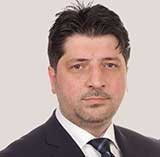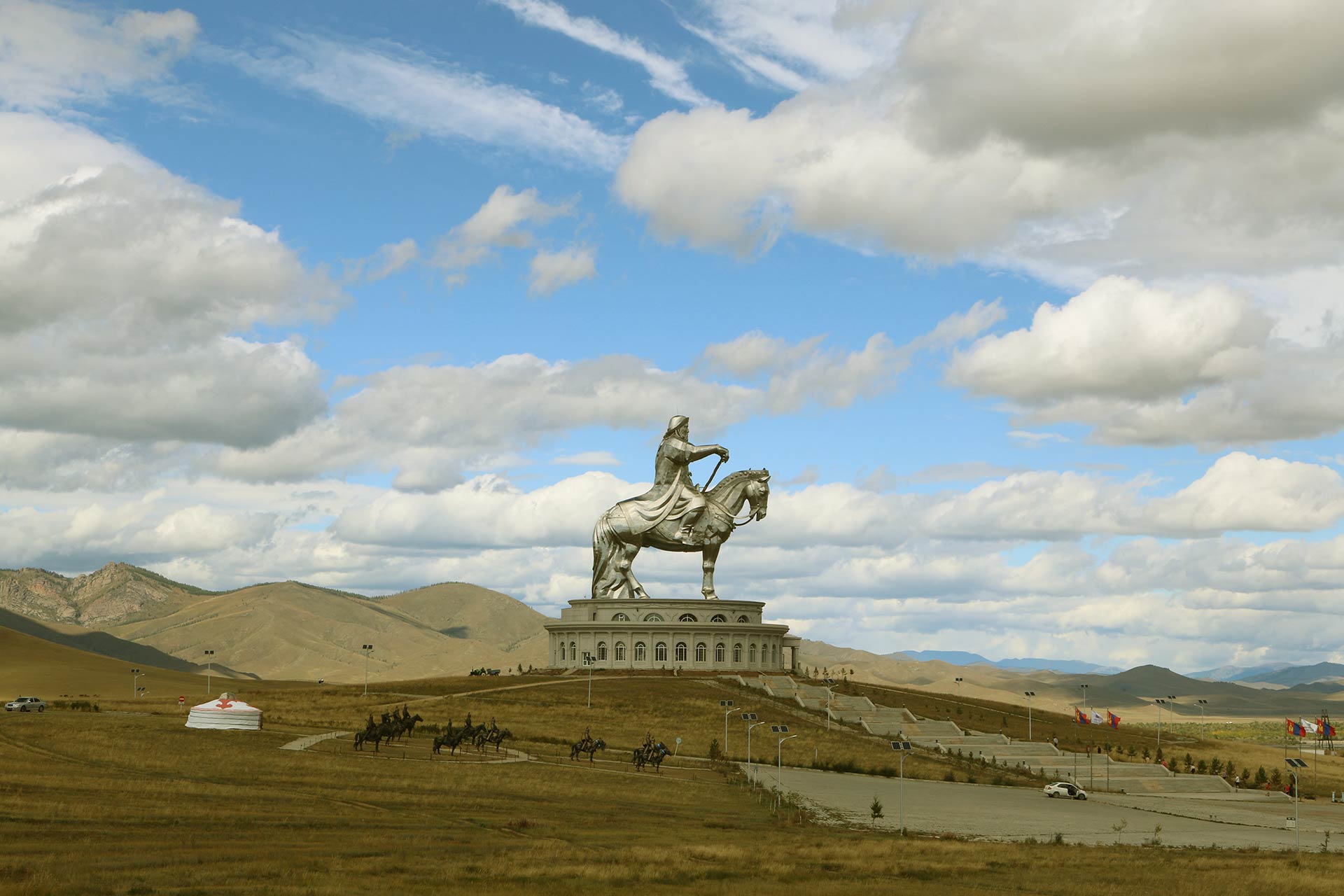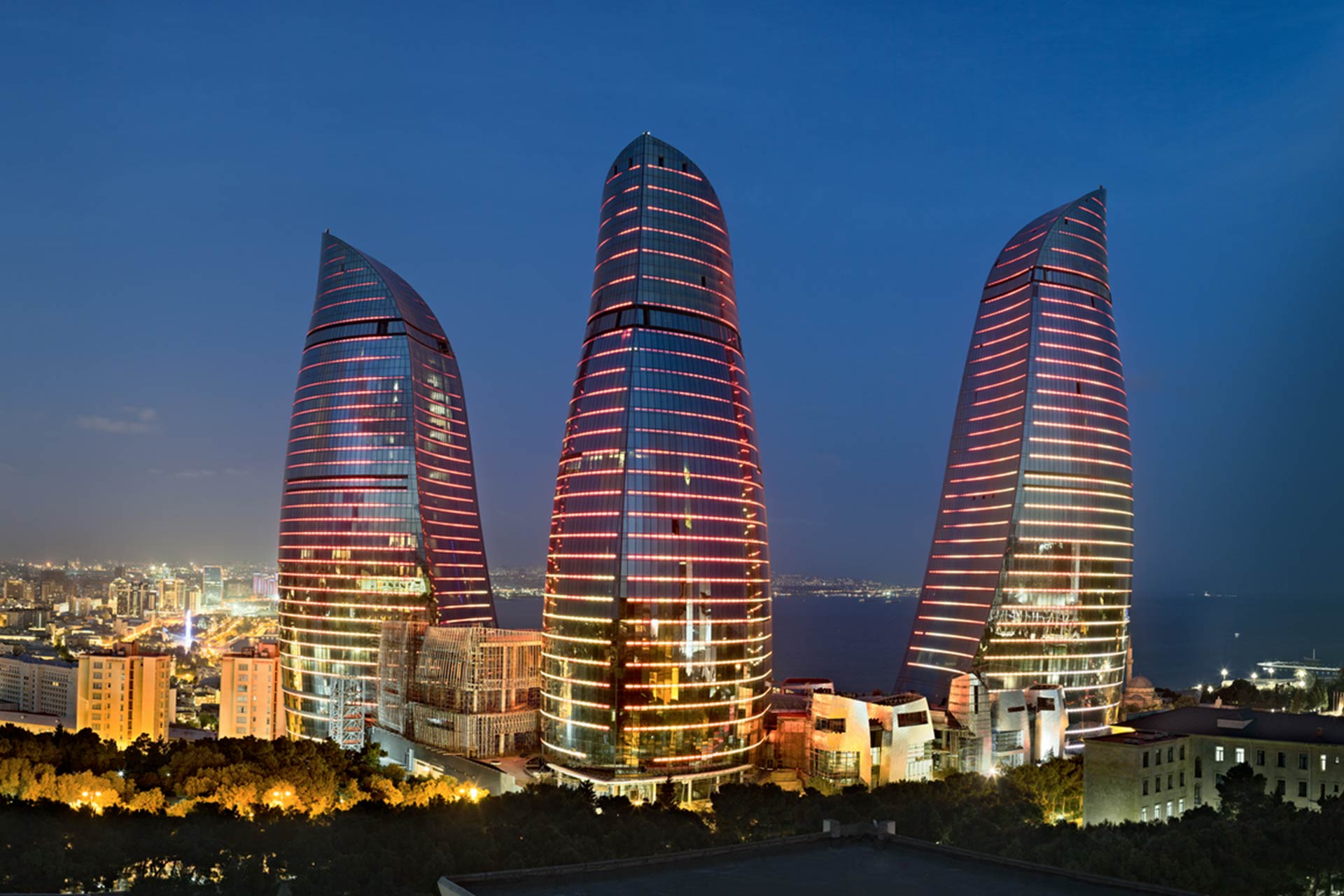Saudi Arabia
In Saudi Arabia, growth is projected to resume this year, rising to 1.7 percent from a contraction of 0.7 percent in 2017.
Growth in 2019 is expected to rise slightly to 1.9 percent as oil output increases, with the assumed expiration of the Organization of the Petroleum Exporting Countries Plus production cut agreement. The forecast has been revised up from the October WEO by 0.6 and 0.3 percentage point for 2018 and 2019, respectively.
Saudi Arabia’s command economy is petroleum-based; roughly 75% of budget revenues and 90% of export earnings come from the oil industry. It is strongly dependent on foreign workers with about 80% of those employed in the private sector being non-Saudi. Among the challenges to Saudi economy include halting or reversing the decline in per capita income, improving education to prepare youth for the workforce and providing them with employment, diversifying the economy, stimulating the private sector and housing construction, diminishing corruption and inequality.
The oil industry comprises about 45% of Saudi Arabia’s nominal gross domestic product, compared with 40% from the private sector (see below). Saudi Arabia officially has about 260 billion barrels (4.1×1010 m3) of oil reserves, comprising about one-fifth of the world’s proven total petroleum reserves.
In the 1990s, Saudi Arabia experienced a significant contraction of oil revenues combined with a high rate of population growth. Per capita income fell from a high of $11,700 at the height of the oil boom in 1981 to $6,300 in 1998. Taking into account the impact of the real oil price changes on the Kingdom’s real gross domestic income, the real command-basis GDP was computed to be 330.381 billion 1999 USD in 2010. Increases in oil prices in the aughts[peacock term] helped boost per capita GDP to $17,000 in 2007 dollars (about $7,400 adjusted for inflation), but have declined since oil price drop in mid-2014.
OPEC (the Organization of Petroleum Exporting Countries) limits its members’ oil production based on their “proven reserves.” Saudi Arabia’s published reserves have shown little change since 1980, with the main exception being an increase of about 100 billion barrels (1.6×1010 m3) between 1987 and 1988. Matthew Simmons has suggested that Saudi Arabia is greatly exaggerating its reserves and may soon show production declines (see peak oil).
From 2003–2013 “several key services” were privatized—municipal water supply, electricity, telecommunications—and parts of education and health care, traffic control and car accident reporting were also privatized. According to Arab News columnist Abdel Aziz Aluwaisheg, “in almost every one of these areas, consumers have raised serious concerns about the performance of these privatized entities.” The Tadawul All Share Index (TASI) of the Saudi stock exchange peaked at 16,712.64 in 2005, and closed at 8,535.60, at the end of 2013. In November 2005, Saudi Arabia was approved as a member of the World Trade Organization. Negotiations to join had focused on the degree to which Saudi Arabia is willing to increase market access to foreign goods and in 2000, the government established the Saudi Arabian General Investment Authority to encourage foreign direct investment in the kingdom. Saudi Arabia maintains a list of sectors in which foreign investment is prohibited, but the government plans to open some closed sectors such as telecommunications, insurance, and power transmission/distribution over time.
The government has also made an attempt at “Saudizing” the economy, replacing foreign workers with Saudi nationals with limited success.
Saudi Arabia has had five-year “Development Plans” since 1970. Among its plans were to launch “economic cities” (e.g. King Abdullah Economic City) to be completed by 2020, in an effort to diversify the economy and provide jobs. As of 2013 four cities were planned. The King has announced that the per capita income is forecast to rise from $15,000 in 2006 to $33,500 in 2020. The cities will be spread around Saudi Arabia to promote diversification for each region and their economy, and the cities are projected to contribute $150 billion to the GDP.
In addition to petroleum and gas, Saudi also has a small gold mining sector in the Mahd adh Dhahab region and other mineral industries, an agricultural sector (especially in the southwest) based on dates and livestock, and large number of temporary jobs created by the roughly two million annual hajj pilgrims.
Hedging & Refinancing Options
According to the Country Risk Classification published by the OECD, hedging and refinancing options are available.






